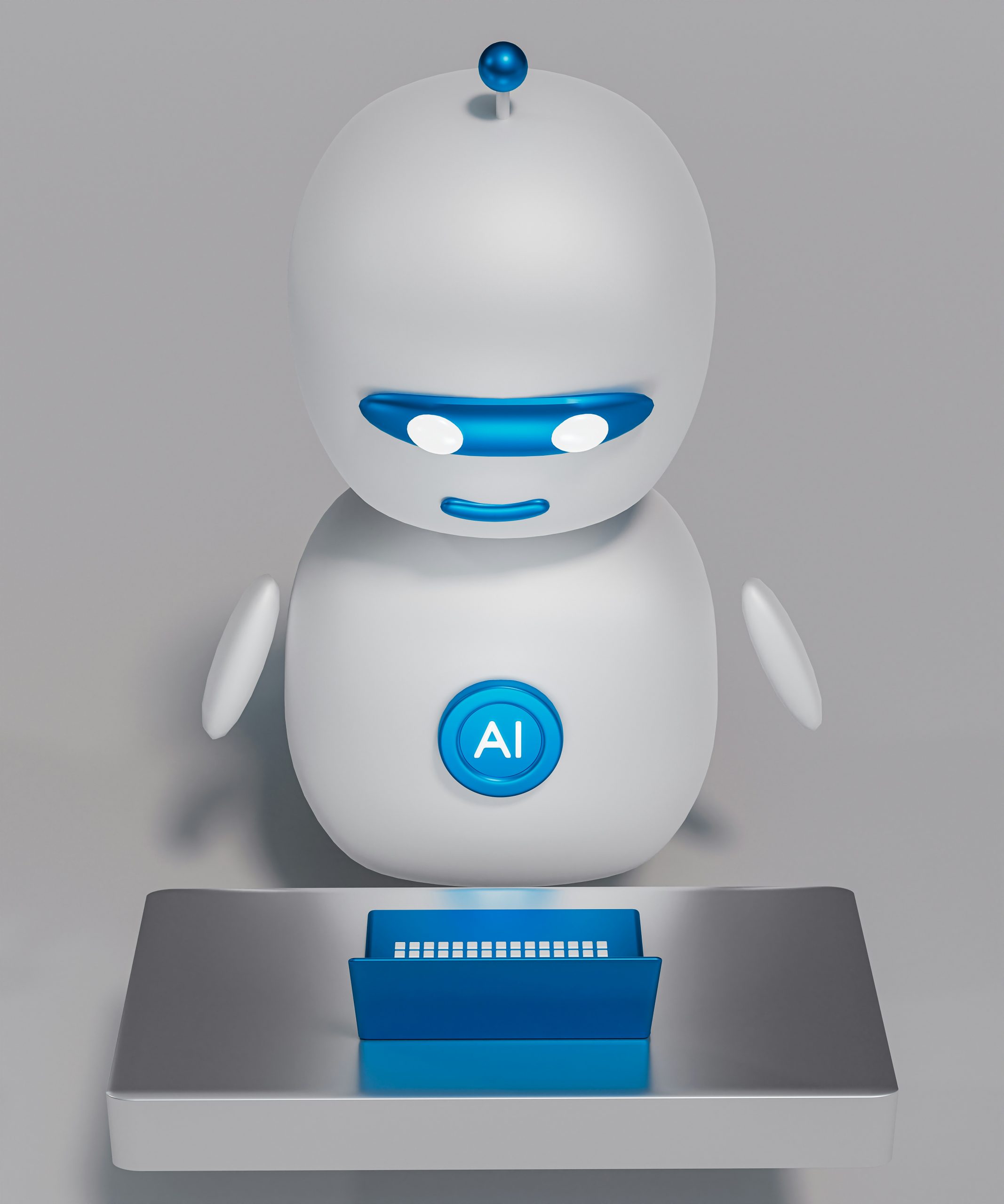By Ryan Falkenberg, 24 January 2024 – Originally published by IT-Online.
Most chatbots suck. For years, industry mavens promised that they would fundamentally transform customer service, writes By Ryan Falkenberg, co-CEO of Clevva.
Unlike human agents, the thinking went, chatbots are available 24/7 and, because companies pre-populate their responses, they are accurate and compliant with business rules. In reality, however, chatbots haven’t lived up to that hype.
That’s because most chatbots either don’t understand you or don’t have relevant answers in their database sets. Chatbots tend to treat you as a generic customer and offer generic answers that may have little to do with your query. Small wonder that one report found that 42% of people avoid using chatbots when making complex inquiries.
It doesn’t have to be that way. Chatbots can be effective and helpful, if they understand what you want and are set up to solve your problem. With the right ancillary tools, that’s easier than you might think.
The trouble with bad chatbots
Before exploring how to make chatbots genuinely helpful, two issues caused by bad chatbots are worth exploring.
Firstly, by the time a customer gets to the point where they’re begging just to speak to an actual human, their perception of the business has already been damaged. Multiply that by dozens, hundreds, or even thousands of customers and a company quickly has a problem on its hands.
And those are the people who are patient enough to actually go through the whole process. Many more will end the conversation the minute they see a chatbot or get an unsatisfactory answer. In the process, organisations miss out on valuable information about their customers – the second problem bad chatbots cause.
It’s therefore critical that organisations do everything they can to ensure that their customers can ‘talk’ to a digital expert capable of solving their query, first time.
Introducing virtual agents
Virtual agents are designed to have the same level of conversation that a human agent can have with you. They are essentially the next generation of chatbot, one that go beyond simply answering frequently asked questions to resolving most queries, issues and complaints without the need for human intervention.
At present, virtual agents are almost able to pass the Turing test – when you won’t be able to detect whether you are talking to a human agent or a virtual agent. As their capability grows, so does their reach. Expect to soon be talking to a virtual agent on the phone, and in the language of your choice too.
The role of human agents is being elevated
As a result of these significantly more powerful ‘chatbots’, human agents won’t be asked to take the calls where rules simply need to be followed to resolve the customer’s query.
Instead human agents will be asked to take the lower volume, higher value ‘connecting’ calls. The ones where the relationship with a customer needs to be strengthened or saved. Where brand loyalty is built, and the total customer engagement experienced is shaped.
Virtual agents already allow you to have a two-way conversation that gets the job done. They are available to talk 24/7, and are designed to offer a consistent, compliant and yet hyper-personalised experience every time. It is what we hoped we could deliver with chatbots. And now we can.

